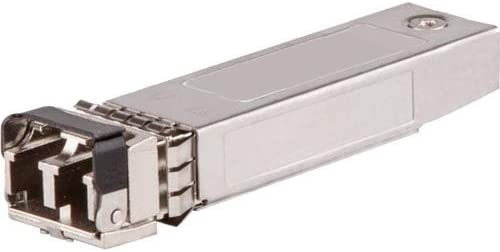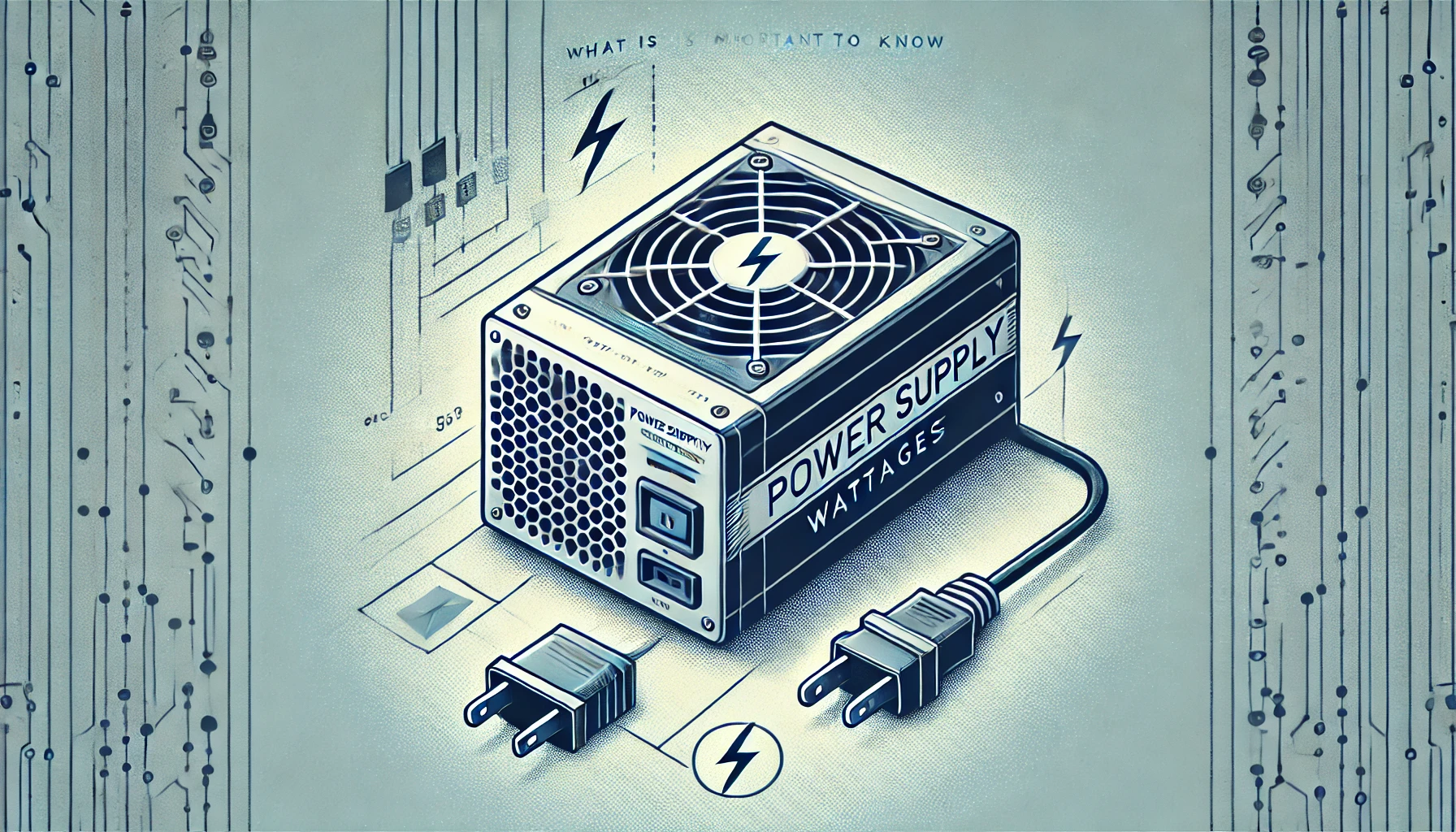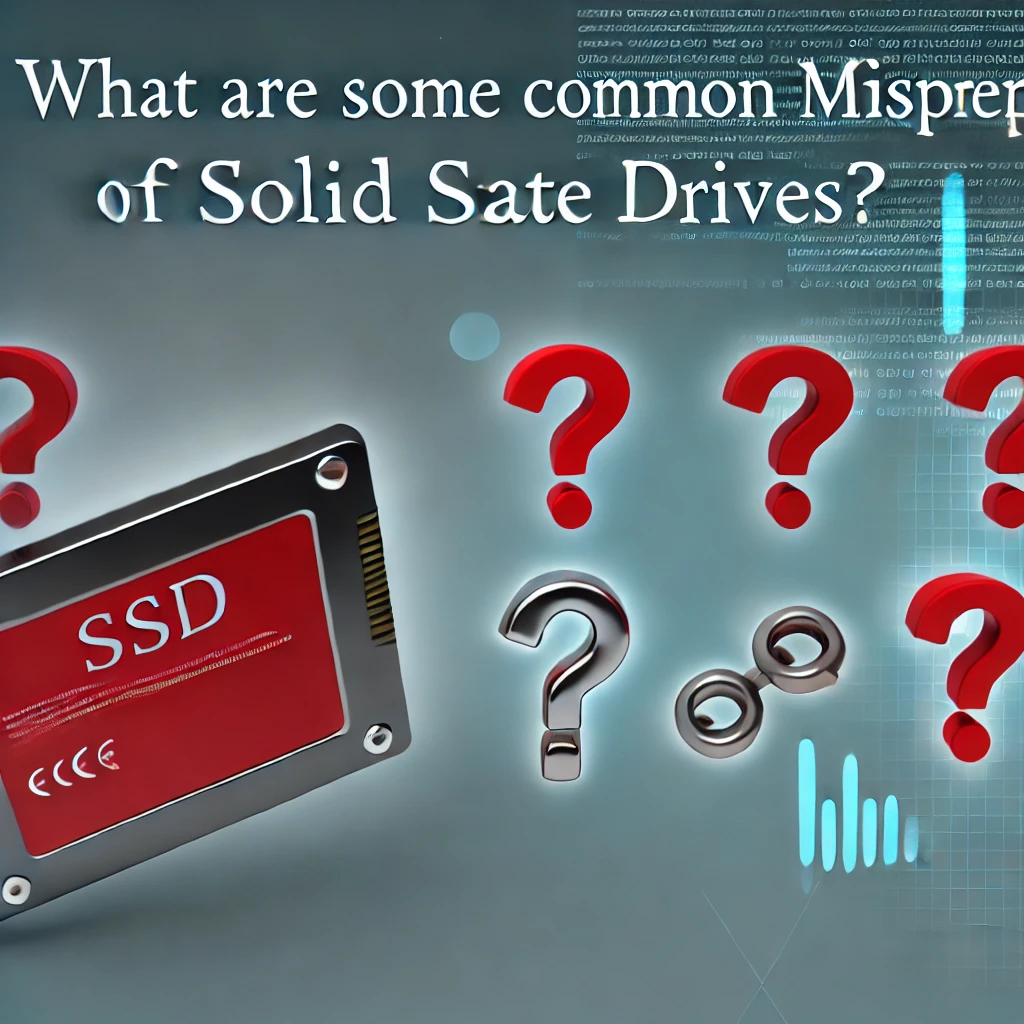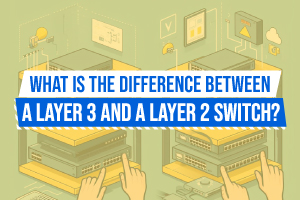What is the difference between a SMF Transceiver and a MMF Transceiver
If you are new to networking, you may have come across the terms single-mode fiber (SMF) and multi-mode fiber (MMF) transceivers. While both types of transceivers are used to transmit data across fiber optic cables, they differ significantly in their performance, capabilities, and cost. In this article, we will delve into the details and explore the differences between SMF and MMF transceivers.

What is the difference between a SMF Transceiver and a MMF Transceiver?
SMF transceivers and MMF transceivers differ in the type of fiber optic cable they use. Single-mode fiber optic cables have a narrow core diameter of around 9 microns and can transmit data over long distances. On the other hand, multi-mode fiber optic cables have a larger core diameter of 50-62.5 microns and can transmit data over shorter distances.
Table Of Contents
- What is a SMF Transceiver?
- What is a MMF Transceiver?
- Differences in Fiber Optic Cables
- Transmission Distance
- Bandwidth
- Cost
- FAQs
- Conclusion
A SMF transceiver is a device that transmits and receives data over single-mode fiber optic cables. SMF transceivers use a narrow core diameter of around 9 microns, which allows them to transmit data over long distances with minimal signal loss. SMF transceivers are typically used in long-distance applications such as metropolitan area networks (MANs), wide area networks (WANs), and fiber-to-the-home (FTTH) connections.
A MMF transceiver is a device that transmits and receives data over multi-mode fiber optic cables. MMF transceivers use a larger core diameter of 50-62.5 microns, which limits the distance they can transmit data before the signal degrades. MMF transceivers are typically used in short-distance applications such as local area networks (LANs) and data centers.
3. Differences in Fiber Optic Cables
The primary difference between SMF and MMF transceivers is the type of fiber optic cable they use. SMF transceivers use single-mode fiber optic cables, while MMF transceivers use multi-mode fiber optic cables. SMF cables have a narrow core diameter of around 9 microns, which allows them to transmit data over long distances with minimal signal loss. In contrast, MMF cables have a larger core diameter of 50-62.5 microns, which limits the distance they can transmit data before the signal degrades.
SMF transceivers can transmit data over much longer distances than MMF transceivers. SMF transceivers can transmit data up to 40 kilometers without the need for repeaters or amplifiers, making them suitable for long-distance applications. In contrast, MMF transceivers are limited to a transmission distance of around 500 meters to 2 kilometers, depending on the core diameter of the fiber optic cable.
SMF transceivers have a higher bandwidth than MMF transceivers. SMF cables have a narrower core diameter, which allows them to transmit data at higher speeds over longer distances. MMF cables have a larger core diameter, which limits their bandwidth and makes them suitable for shorter distance applications.
The cost of SMF transceivers is generally higher than that of MMF transceivers. This is because SMF cables are made of higher quality materials and require more precise manufacturing processes. Additionally, SMF transceivers are typically used in more high-end, long-distance applications, which also drives up their cost. MMF transceivers, on the other hand, are more cost-effective and are often used in shorter distance, lower bandwidth applications.
Q: Can SMF transceivers be used with MMF cables?A: No, SMF transceivers cannot be used with MMF cables because the core diameter of the fiber optic cable is too large for the SMF transceiver.
Q: Can MMF transceivers be used with SMF cables?
A: Yes, MMF transceivers can be used with SMF cables. However, the maximum distance that data can be transmitted will be limited by the lower bandwidth and higher signal loss of the MMF transceiver.
Q: Which type of transceiver should I use for my application?
A: The choice of transceiver depends on the distance of transmission, required bandwidth, and budget of the application. If the transmission distance is long and high bandwidth is required, then SMF transceivers would be the better choice. If the transmission distance is shorter and lower bandwidth is acceptable, then MMF transceivers would be more cost-effective.
In conclusion, SMF vs MMF transceivers differ significantly in their performance, capabilities, and cost. SMF transceivers are designed for long-distance applications and have a higher bandwidth, while MMF transceivers are more suitable for short-distance applications with lower bandwidth requirements. When choosing a transceiver for your application, it is essential to consider the distance of transmission, required bandwidth, and budget to determine which type of transceiver is best suited for your needs.








